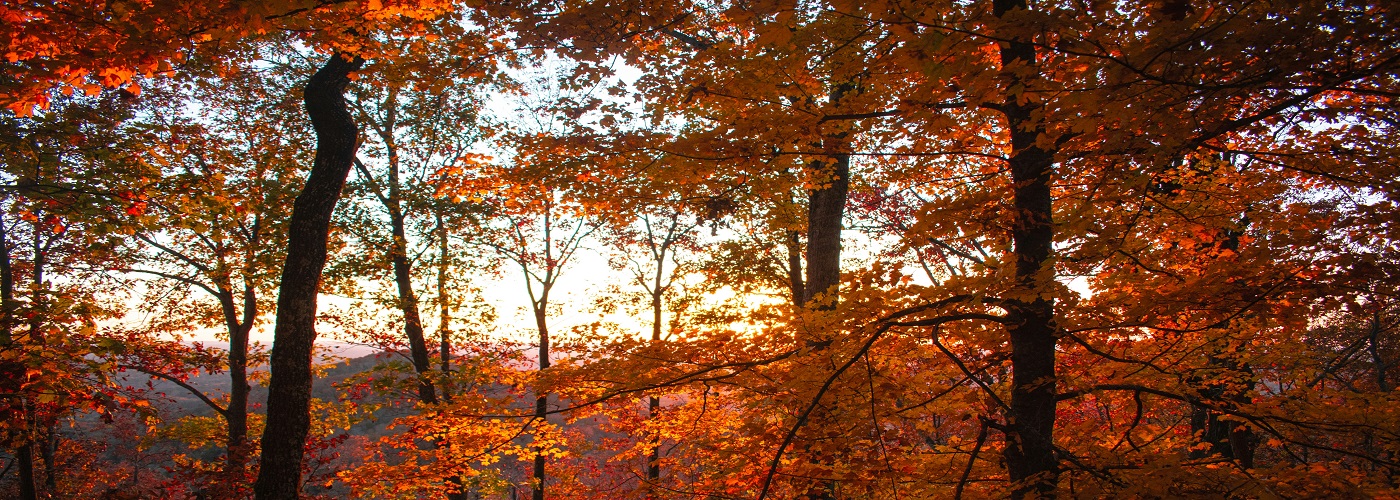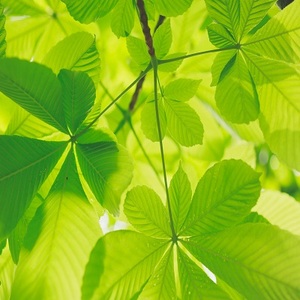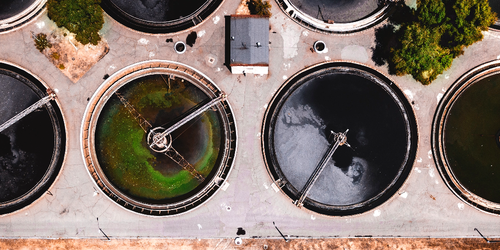

Warmer temperatures and a longer growing season, on average, are leading to a delayed onset to chillier autumn conditions, according to data from the United States since the late 1800s. What do these changes mean for the natural phenomenon of colorful fall foliage in the temperate climates? Researchers at ETH Zurich, in a 2020 study, found that despite a longer period of frost free conditions during the year, autumn senescence is actually expected to occur three to six days earlier by the end of this century.
As detailed in a previous article, the changing colors of leaves, called senescence, is driven not only by decreasing hours of daylight in the autumn, but can also be modulated by cold or warm spells. With an earlier onset to warmer, frost-free conditions in the spring, this encourages earlier emergence of leaves in the springtime. In the autumn, the previous assumption was that warmer temperatures would tend to delay the start of colorful leaf senescence. This is true, but only up to a certain point.
The Swiss researchers examined data from European deciduous forests and found that spring leaf emergence is happening two weeks earlier and autumn senescence is occurring six days later than it did 100 years ago. The limiting factor in the future, though, will be the process of photosynthesis.
In photosynthesis, plants take in carbon dioxide and combine it with sunlight and water to produce food for themselves. Given a limited amount of soil nutrients like nitrogen, which makes up chlorophyll, the chemical that enables photosynthesis, however, the amount of carbon dioxide that deciduous leaves can absorb during the year has an ultimate limit. Thus, the more photosynthesis that takes place during the spring and summer, owing to warmer temperatures and higher carbon dioxide in the atmosphere, the earlier the onset of autumn leaf senescence. Specifically, the Swiss researchers found that with each ten percent increase in photosynthetic activity, leaves changed colors an average of eight days earlier.






